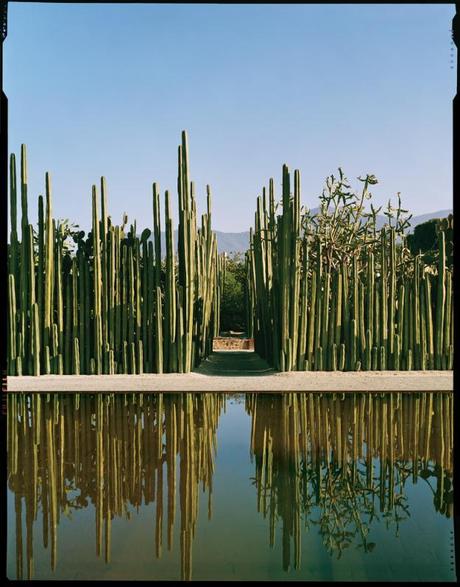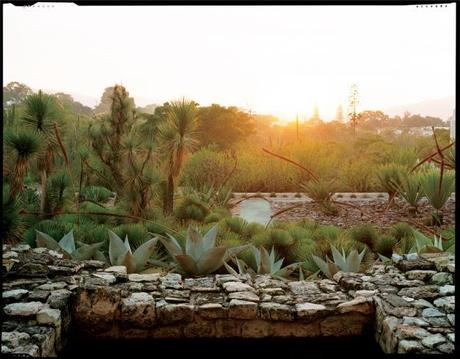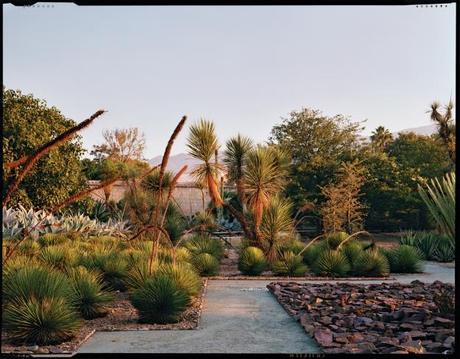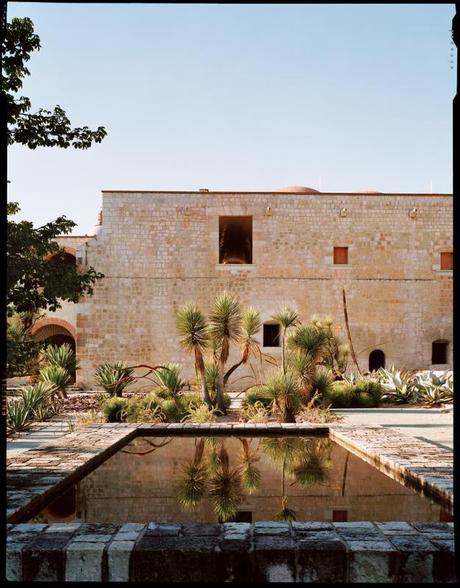The Ethno-Botanical Garden, Oaxaca
Da Giardiniribelli
Il giardino etno-botanico rappresenta una delle collezioni più vaste e complete di Cactaceae e agavi dallo Stato di Oaxaca, in Messico. Fu iniziata nel 1993 grazie agli sforzi del Maestro Francisco Toledo attraverso l'organizzazione ProOax che egli conduce. Alcuni dei suoi obiettivi sono quelli di creare una collezione di piante vive, rappresentanti della ricca biodiversità di Oaxaca, debitamente identificati e documentati, all scopo di offrire al visitatore uno spazio educativo, ma anche un luogo di apprezzamento estetico e relax. Al fine di dimostrare il rapporto tra la vegetazione e le tradizioni di Oaxaca, il giardino riunisce solo piante che sono rilevanti per la cultura della regione. Le piante non vengono utilizzate solo per cibo, medicine, profumi, e fibre, ma anche come fonte di ispirazione estetica e intellettuale. Inoltre, il giardino si occupa anche di portare avanti un programma di conoscenza didattica delle piante e di donare collezioni di piante alle scuole, centri culturali della città, e delle comunità rurali.Dal 1876 al 1994, quello che oggi è il Centro Cultural de Santo Domingo, che comprende il Museo ed ex-monastero, che apparteneva all'esercito messicano. Ma nel 1994, la società civile di Oaxaca, guidati dall'artista Carlos Salinas, portarono avanti una petizione per il ritiro dei militari.L'esercito ha lasciato alle spalle cumuli di cemento, calcinacci, attrezzature arrugginite su poco meno di 6 ettari di terreno. Oggi, dietro le mura imponenti che circondano quella che un tempo erano gli orti del monastero, il giardino da rifugio a oltre 1.300 varietà di piante. Prossimo obiettivo di Avila è di raccoglierne altre 700, fino a comprendere circa un quinto o un sesto della flora totale di Oaxaca, una delle più diversificate del paese / The ethnobotanical garden is one of the most extensive and complete collections of Cactaceae and Agaves from the State of Oaxaca. It was begun in 1993 thanks to the efforts of Maestro Francisco Toledo via the ProOax organization that he leads. Some of its objectives are to create a collection of live plants, representatives of the rich Oaxacan biodiversity, duly identified and documented, offering the visitor an educational space, aesthetics appreciation and relaxation. In order to demonstrate the relationship between the vegetation and the traditions of Oaxaca, the garden only brings together plants that are relevant to the region’s culture. The plants are not only used for food, medicine, perfume, and fibers, but also as a source of aesthetic inspiration and intellectual stimulation for the people. An extension program teaching plant knowledge and donations of plant collections to schools, cultural centres of the city, and rural communities is being carried out. Mr. Toledo’s interest in El Jardín dates from its very beginning. From 1876 to 1994, what is now the Centro Cultural de Santo Domingo, comprising the Museum and ex-monastery, belonged to the Mexican army. But in 1994, the Oaxacan civil society, led by the artist, petitioned then-President Carlos Salinas for the ouster of the military. After further pressure from Mr. Toledo’s newly formed organization, Pro-Oax, dedicated to the conservation of Oaxaca’s heritage, two projects for the site – a five-star hotel and a parking lot – were later abandoned. The army left behind heaps of concrete, rubble, shooting targets and rusty equipment on the 2.3 hectares (slightly less than 6 acres) of land. But Mr. Avila, determined to see his project succeed, was ready and the landscaping work finally began in 1997. Today, behind the imposing walls surrounding what used to be the orchards of the monastery, the garden shelters over 1,300 varieties of plants. Mr. Avila’s next goal is to gather 700 more, to encompass about a fifth or a sixth of the state of Oaxaca’s total flora, one of most diversified in the country.




Potrebbero interessarti anche :







